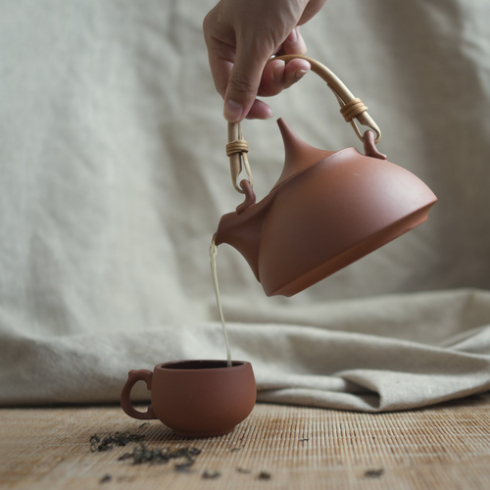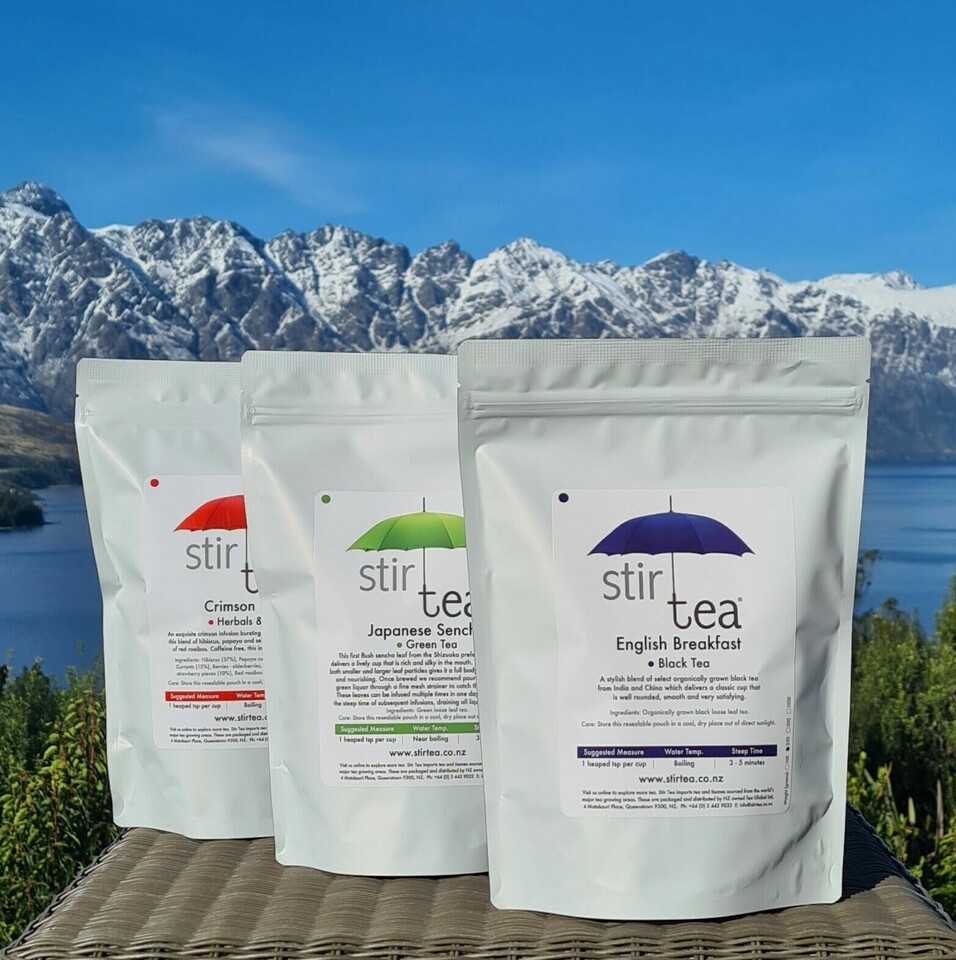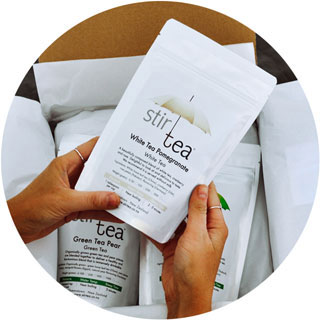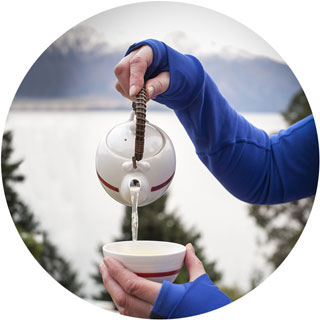There are many reasons why we drink tea - perhaps it is to nourish or fortify, or to enjoy an opportunity to relax, reset the day or connect.
Traditionally, tea was used for meditation, contemplation and elevation of the mind and spirit.
The words meditation or mindfulness may not resonate with you but in reality as a tea drinker you may have naturally been doing a form of tea mediation for years without thinking of it in these terms. For you it may mean pausing as you brew your tea to admire the beauty of the dry leaf or watching the steam rise from the kettle.
A tea meditation practice is simply the act of being present and savouring every step of the tea brewing process. It involves a heightened awareness of the sensory experience of making and consuming your tea, a focus on that one task at that particular moment in time.
Here is one way you could approach a Tea Meditation:
1. Choose your tea. Consider your current mood and your mental and physical needs. Perhaps you opt for a caffeinated blend for an energizing boost, or you’re looking for a calming herbal option to soothe your stress. Examine the intention behind your choice of tea and how you choose to prepare it. Inhale the aroma of the dry leaf and study the beauty of the leaf.
2. Select a cup with care. Perhaps it’s your favourite mug that was passed down from a family member, a birthday gift from your friend, or a hand-crafted mug.
3. Notice the water boiling. While you’re waiting for the water to boil, find a comfortable position and begin to deepen your breath. As you breathe deeply, notice the sound of the water as it begins to boil. Hear the pace of the water quicken as it heats up, the sound of the water tumbling in the kettle. Notice the steam escaping from the kettle. In those moments of waiting notice if any thoughts of impatience that might arise (without judgement). Enjoy the slowness of this process.
4. Watch the tea transition. Place your dry leaf into your vessel and carefully pour the water over it. Watch the colour change as time passes. See the colour becoming darker. If you take your tea with additives like milk or sugar add those in with intention. Think about why you enjoy each addition.
5. Savour each sip. Feel the warmth of the cup or handle in your hands. Feel the solid construction of the cup. Notice the shape of the cup as you hold it. When you’re ready for your first sip, hold the cup up to your nose and breathe in deeply. Enjoy the aroma — what does it smell like? Is it light and floral, or fresh and fruity? Or perhaps it’s earthy and robust. When you're ready for your first sip, take it slowly and intentionally. Let the tea sit in your mouth for a moment and notice the first burst of flavour. What does it taste like? Let the flavour spread across your tongue. Now follow the journey of the tea into your body as you swallow your first sip. Feel it nourish you.
6. Enjoy the process. As you continue the slow process of savouring your tea, feel where you currently are in space - perhaps standing or sitting - and feel grounded in the moment. Notice all the points where your body contacts the floor. Notice the pace at which you are finishing your tea - do you feel the urge to quicken the pace? What could be causing those feelings? Or perhaps you are content to stay where you are right now. Without judgement, notice the feelings that arise in the process. Notice the temperature change as time passes.
7. Seal your practice with gratitude. As your tea meditation comes to a close, take a moment to express gratitude to yourself for showing up, gratitude for all the people who put in work to grow, harvest, package, and bring you this tea, and gratitude for this present moment of solitude.
This tea meditation is based on one that appeared on the lifestyle blog of US Based athleisure garment and well being company aloyoga. You will find more lifestyle hints and tips at: https://blog.alomoves.comand and their full offering is outlined at: https://www.aloyoga.com
Posted: Wednesday 31 August 2022







